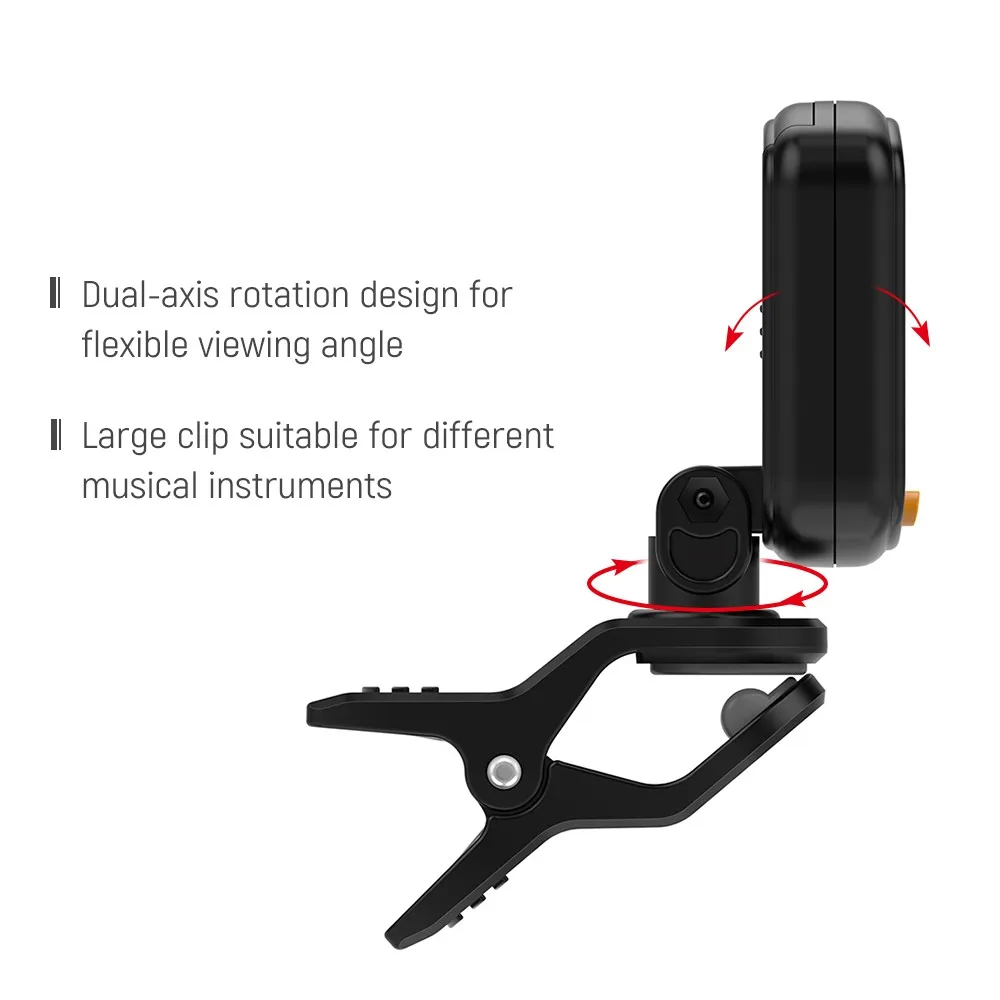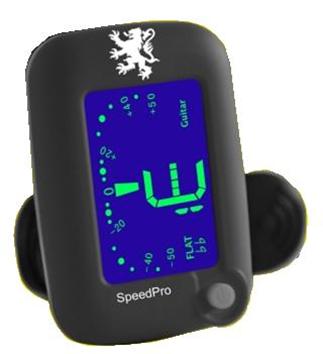
If the tuner shows a deflection, twist the peg, try to change the sound of the string. Play any string - the chromatic guitar tuner will show what note it is, and how accurately it is tuned. So the online tuner will have the opportunity to hear the sounds of your guitar. Your device will ask for permission to record sound from a microphone - allow recording ⏺. P.S.Press the "Turn on" button under the tuner. I hope you found the article interesting, and I’ll see you on the next post!
ON LINE ACOUSTIC GUITAR TUNER HOW TO
The same basic principles of how to tune an acoustic guitar apply to most electric guitars as well.Īny other questions on how to tune your guitar? Let me know in the comments!! Drop the string BELOW the desired pitch and then tune back up. So what do you do if a string is sharp and needs to come down? Simple. The guitar will usually stay in tune better than if you started high and then came down to pitch. When you are tuning each string, start LOW and slowly bring it UP to pitch. Now fret the B-string at the fifth fret and tune the last string to this pitch.

Tune the B-string to match the fretted note. Now fret the G-string at the FOURTH fret. Tune the G-string to match the fretted note. After this string is tuned, fret it at the fifth fret. As before, tune this string to match the fretted note. This is the note that the next thickest string is tuned to. The note at the fifth fret of the A-string is a D-note. After this string is tuned, fret it at the fifth fret.ģ. Now tune this string to the fretted note. The note at the fifth fret is the same A– note that the next thickest string is tuned to. After the low E string is tuned to the proper pitch, fret it at the fifth fret.Ģ. There are samples available online that you can tune to as a reference. Start by tuning the low string of your guitar to an E-note. You can also tune by ear if you don’t have access to a tuner.ġ. There are also apps available that allow you to tune your guitar with your smartphone!Īlso, remember to always use an electronic tuner when you’re checking your guitar’s intonation.įor more info on how to check your guitar’s intonation, check out my other post linked below!! The tuner then reads the signal coming from the instrument. With other tuners, you will have to plug a guitar cable into them. Some electronic tuners clip onto the guitar’s headstock and “feel” the vibrations of the strings. The string is in tune when the needle is centered over the note you’re tuning to. The needle moves from the left or right if the note is sharp or flat. Most electronic tuners will have a needle on their screens. Flat notes will have a “ b” symbol next to them, and sharp notes will have a “ #” symbol next to them. A note is flat if it’s too low and sharp if it’s too high. The string may be in perfect tune or be sharp or flat. It then displays the note that the strings are vibrating at. An electronic tuner senses the strings’ vibrations. This is different than the tuners on the headstock. The easiest way of checking the pitch of the guitar’s strings is with an electronic tuner. If this is hard to remember, just remember this saying: This is going from the lowest to highest strings, or thickest to thinnest. The standard tuning for six-string guitars is E A D G B E. It’s easy to break a string by turning the wrong tuner! Also, make a note of which string goes to which tuner. Remember that the higher the tension, the higher the pitch, and the lower the tension, the lower the pitch. Most guitars have either all six tuners on one side of the headstock or three tuners on each side.īefore tuning your guitar, test the tuners to see which way you have to turn them to raise or lower the tension on the strings. The string tension is altered by turning the tuners on the headstock of the guitar. So where do we start? With the guitar itself, of course! A guitar is tuned by adjusting the tension of the strings.

In this guide, we’ll walk you through step-by-step how to tune an acoustic guitar! It’s hard to gauge your progress as a player if you’re constantly fighting with an out-of-tune instrument. It’s always good practice to check your guitar tuning EACH time you play.

A guitar can go out of tune for many reasons, such as changes in temperature, humidity, or through regular playing. So you just got that new guitar and want to start playing!! But before you do, you have to make sure that it’s in tune.


 0 kommentar(er)
0 kommentar(er)
